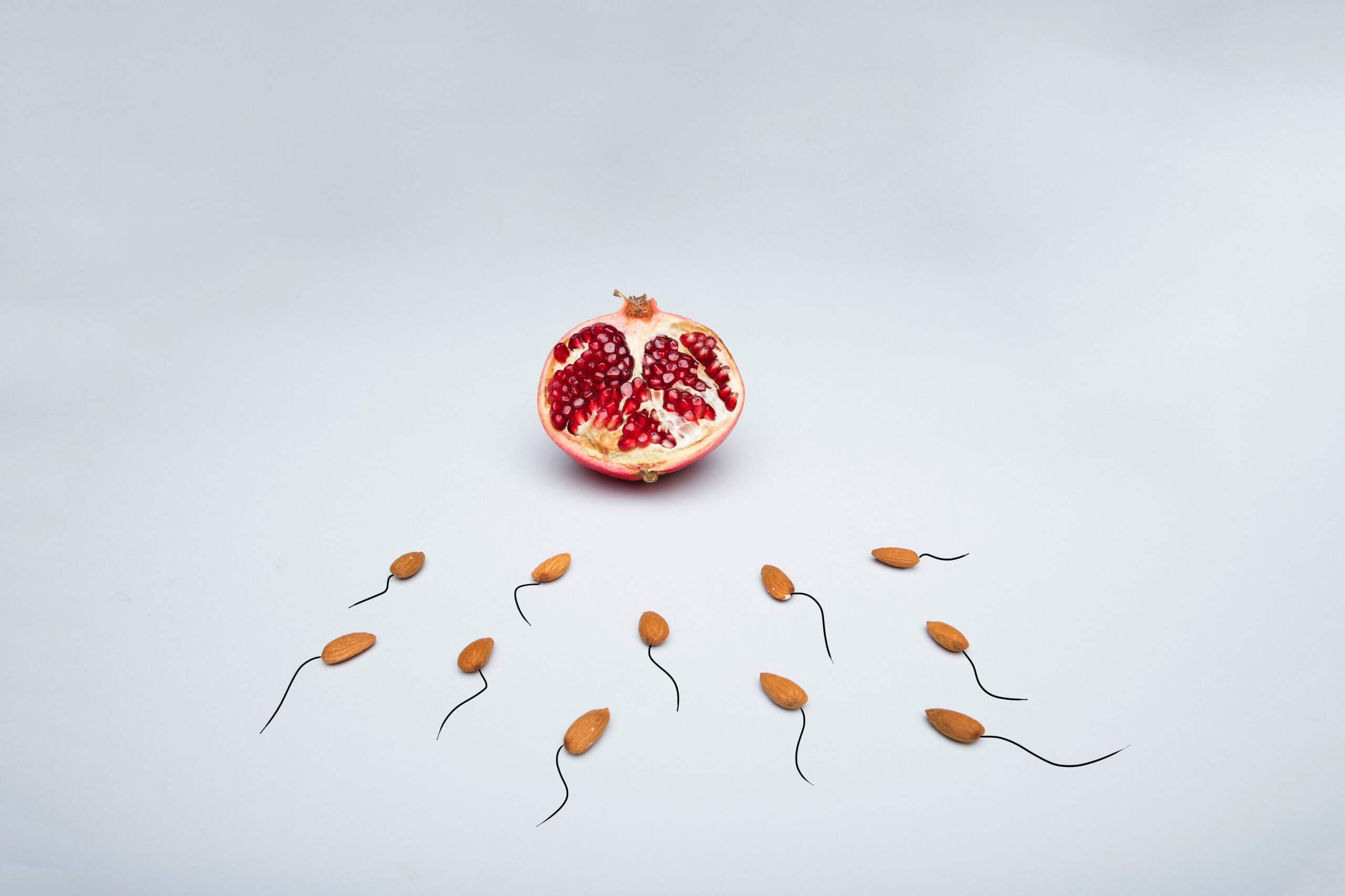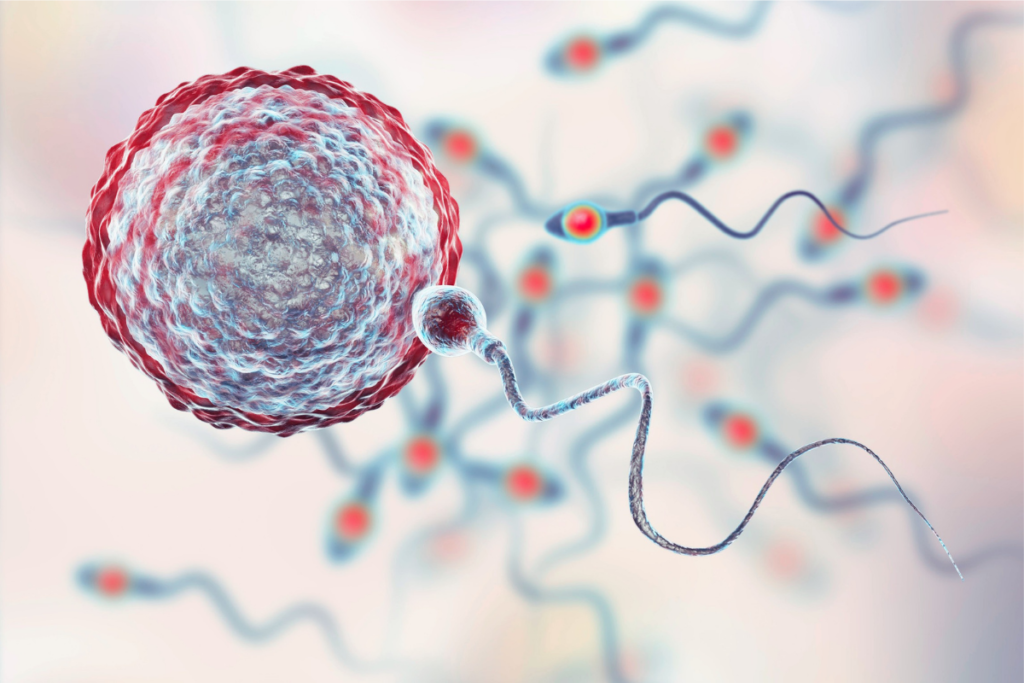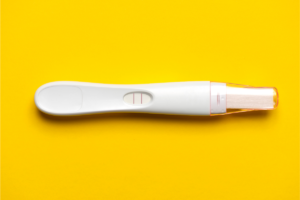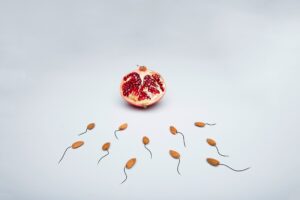Let’s Make a Baby: The 3 Things that Happen During the Two-Week Wait

We’ve all heard about the birds and the bees. At some point, someone answered the infamous ‘where do babies come from’ question without the stork or magical fairy dust explanation. But what happens during that two-week wait before that second line turns pink?
The time between sex and a positive pregnancy test feels like an eternity – also known as the two-week wait. Understanding this mysterious time and all of the biological magic happening inside your body can help you conquer the 2-week wait with confidence, patience, and knowledge.
The three things that happen are:
- Fertilization: Sperm finds the egg in the fallopian tube
- Divide and Conquer : Cells divide and move from the fallopian tube into the uterus
- Implantation: The ball of cells implants into the uterus. Pregnancy begins!
Now let’s dive a little deeper.
1. Fertilization
The first step in making a baby is for the sperm to find the egg in the fallopian tube. The sperm then fertilizes the egg and the fused cells become a zygote. Timing is critical for fertilization to happen.
Ovulation occurs in the middle of a woman’s cycle when the ovary releases an egg and it enters the fallopian tube. The egg stays in the fallopian tube for about 12-24 hours, and the sperm needs to find it in this time frame. Even though the egg can only live in the fallopian tube for up to 24 hours, sperm can live in the uterus and fallopian tube for up to 6 days. So if you have sex before you ovulate, the sperm can already be in your fallopian tube when the egg is released.
Key points to remember for fertilization:
- The egg is released from the ovary into the fallopian tube.
- The sperm reaches the egg in the fallopian tube.
- The sperm and egg fuse and become a zygote.

2. Divide and Conquer
After fertilization, the zygote continues to divide in a process called mitosis. While dividing, the zygote travels from the fallopian tube to the uterus. Once the cells have divided enough times, the zygote becomes a blastocyst. A blastocyst looks like a ball of cells floating around in the uterus. Now it’s time for that ball of cells to implant into the uterus, and pregnancy can officially start.
If the cells do not make it to the uterus, it is possible for them to implant in other parts of the body. When implantation happens outside of the uterus, it is called an ectopic pregnancy. Most ectopic pregnancies implant in the fallopian tubes and are also called tubal pregnancies. Ectopic pregnancies are serious and require medical treatment.

3. Implantation
Implantation is the last step before pregnancy officially starts, which is when the blastocyst attaches to the uterus. After implantation, the placenta is formed and produces the hormone hCG (human chorionic gonadotropin). Pregnancy tests work by detecting hCG, so a pregnancy test will not work until this last step is complete and enough hCG is in your system.
While implantation is considered the official start of pregnancy, gestational age (how many weeks pregnant you are) starts from the first day of your last period, usually about two weeks before implantation. Pregnancy is tracked this way since the time from fertilization to implantation can vary between women. Your doctor will also estimate your due date based on measurements taken during ultrasounds.
So What?
Time can seem to stop during the two-week wait when you wonder if your body is making a baby. Understanding the basic process that happens during this two-week wait can help you understand why a false-negative test might occur if you are pregnant, or leave you a little more prepared if you ever have to experience a chemical pregnancy, ectopic pregnancy, or any of the conditions that can cause fertility issues.
This article explains the general mechanisms for what needs to happen for pregnancy, but there is so much more behind the scenes. Our hormones play a critical role in ensuring that all of this is possible – the right hormones need to rise, and the right hormones need to fall. Each step also consists of complex molecular pathways that all need to happen for this process to work.
I know that some scientists might cringe that I used the word “magic” when talking about the reproductive process. But honestly, our bodies are magical. A million things have to go right for that second line to turn pink. Pretty cool, huh?




